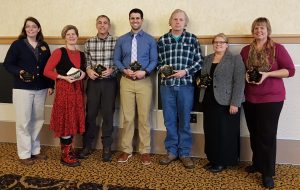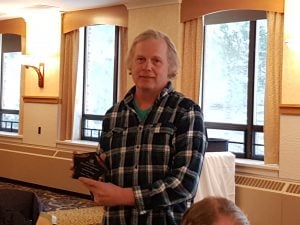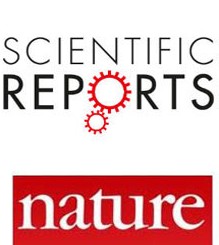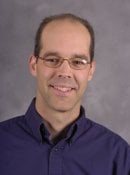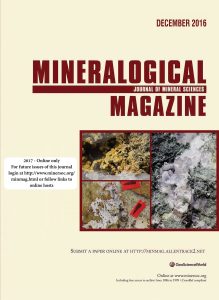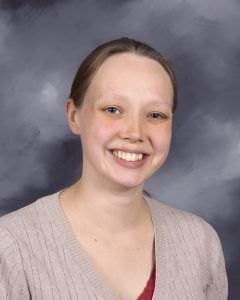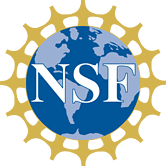Jesse Nordeng, Master Machinist, Physics
As one letter of support states “How many times have I walked into the Physics machine shop with a group of students to ask Jesse for assistance with an urgent challenge? I can’t count how many times and I positively and constructively Jesse responds. He inevitably is able to help us come up with a creative solution that is more practical, more cost effective, and more direct than we had in mind.” Jess is very collaborative in nature, he is very versatile, he routinely finds ingenious solutions to our problems efficiently and effectively and he often goes well beyond his expected role. He also excels in his role as safety liason in the department. His nominator also states “Often I will mention a project that I want to do in the near future and will pass Jesse in the hall and he will throw out 10 ideas that he was thinking about and how to make things better.”
